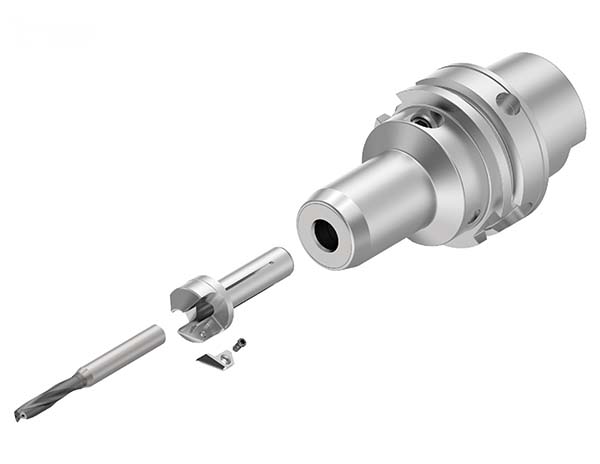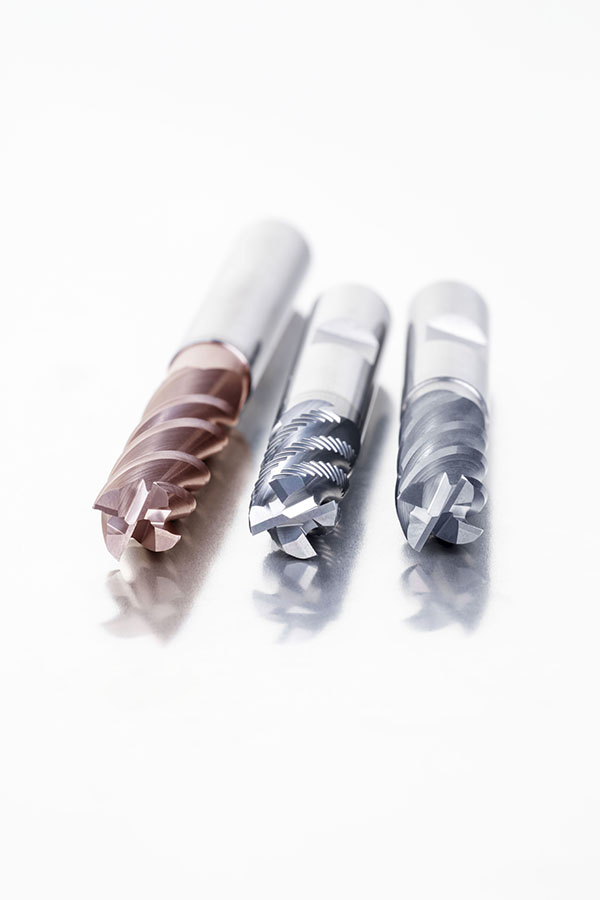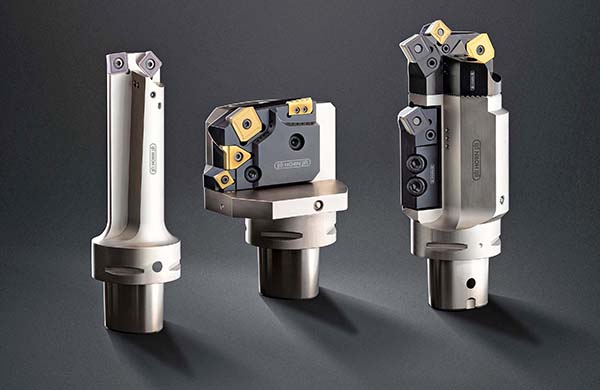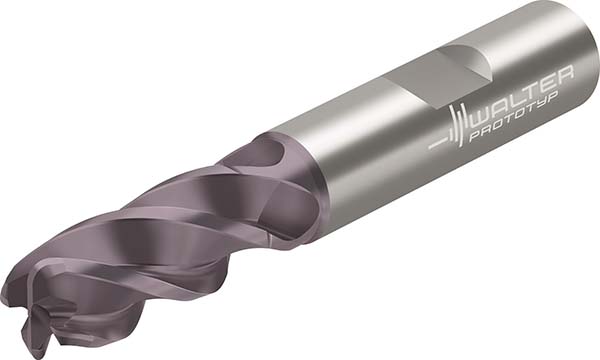
Kennametal has introduced its HiPACS drilling and countersinking system for aerospace fastener holes. Designed to drill and chamfer holes in one operation, the high-precision tool meets the aerospace industry’s stringent accuracy requirements, while delivering long tool life when machining composite, titanium and aluminium aircraft skins.
“Most fastener hole tools used today are complex made-to-order tools with long lead-times,” says Georg Roth, product manager at Kennametal. “HiPACS uses standard, off-the-shelf components for quick delivery and low cost per hole, by allowing the drill and chamfer insert to be indexed independently from one another. What’s more, it’s the
only indexable drilling and countersinking system on the market that can hold the aerospace industry’s required fastener hole chamfer tolerances in just one operation.”
Designed to be clamped in a standard hydraulic chuck, the HiPACS modular system consists of three components that are fast and easy to assemble: a reducer sleeve with a built-in high-precision pocket seat which, in conjunction with a standard hydraulic chuck, provides ultra-secure clamping and a runout of no more than 3 µm to increase tool life and hole quality; a PCD countersinking insert that eliminates the need for expensive custom solution step drills, thus reducing manufacturing costs while meeting the industry’s accuracy requirements; and two series of solid-carbide drills – both diamond-coated and PCD-tipped – covering all material combinations found in a typical aerospace assembly. In addition, the straight shanked tools allow for length adjustments in increments of 10 mm.
It is possible to utilise the new HiPACS drilling and countersinking system on all machines typically used for aerospace applications. In less stable conditions, such as robot end effectors, the diamond-coated carbide drills offer long tool life and high hole quality.
For further information
www.kennametal.com






















